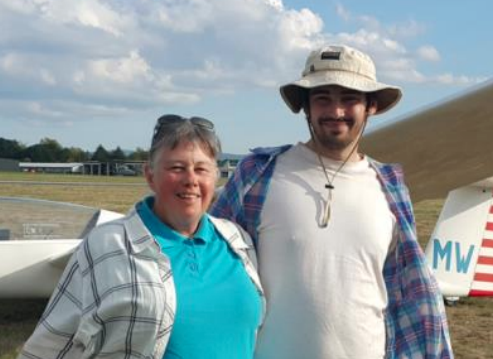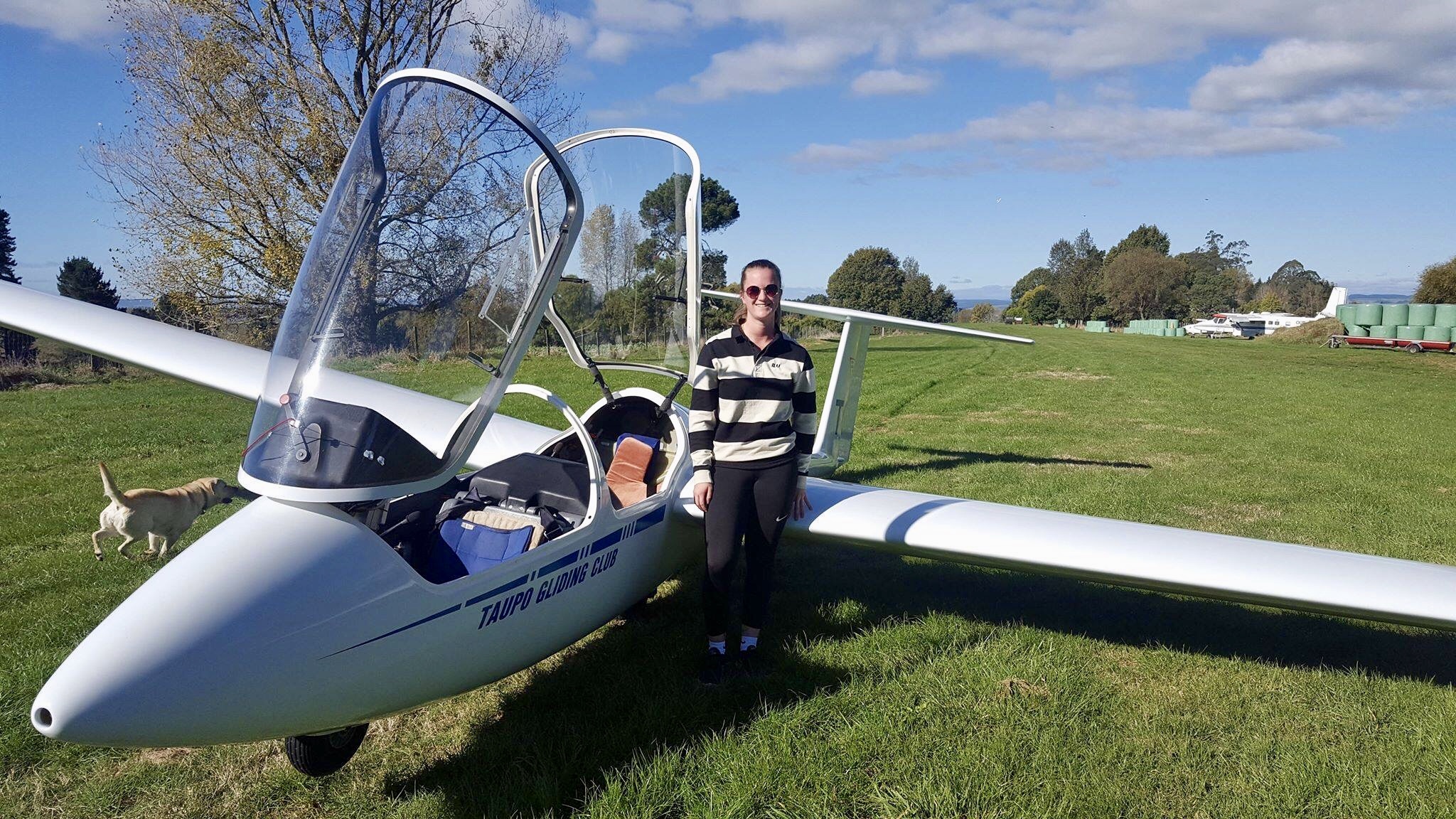From the desk of the NOO (National Operations Officer)
So why is publishing incident reports useful?
Firstly it shows pilots that shit happens, and may prompt alertness in similar situations, secondly it shows submitters that we do see benefit in doing something other than filing reports away for (later) analysis. Win all round.
Incident Reports reveal where we are bumping into the edge of the safe operating envelope. This can be due to a weakness in the training program, lack of currency, not paying enough attention, inadequate preparation . . . . or just simply drifting away from good practice.
Review of Incident Reports for Feb + March 2019
- winch-trained pilot on aerotow, light single on belly hook, distracted for 3 sec, climbed above tug
- severe turbulence on tow due strong wind in lee, glider pushed high, glider + tug both released
- undercarriage lever actuated prior to downwind but wheel was retracted rather than lowered
- motor glider took off towards winch parachute on ground, wrong flap setting, longer ground roll
- heavy landing on airfield, 2 POB on training flight, student flying, some damage to undercarriage
- winch cable picks up k-line irrigator midfield after swinging sideways when tightened
- pitot tube blocked by insect deposits, 2 gliders in same club, ASI displayed serious damping
- neither battery secured, missed during DI, battery jumped out of holder during winch launch
- brakes open on launch, trainee had closed but not locked, P1 distracted issuing tug directions
- airbrakes found open at 2,200 feet after apparent slow tow, lower powered tug, contest launch
A lapse in focused attention and the hazard of distractions and interruptions is a thread through
many of these reports. It is timely to issue a reminder to all Clubs about the hazards of an aerotow
upset when the glider goes too high or too far out to the side. One pilot looked away at 1200 feet
'for about 3 seconds' to monitor separation from another aircraft and the tug almost disappeared out
of sight below. Fortunately recovered. The second upset was due to strong turbulence on a day
possibly too strong for gliders to be flying safely. Launching (winch or aerotow) does require full
attention from the pilot, maintaining a full scan even when directing attention to a potential hazard.
Regarding the 'brakes open on launch' issue, the checklist sequence has been altered to BEC so that
'brakes' is no longer last on the list. It may take a new generation of pilots before this sequence is
regularly used. A second factor is distractions during the preflight check, including activity around
the cockpit or attempts to multi-task (eg. directions to tow pilot). It can be stressful on a contest
grid. One Club reported that a "sterile field" around the cockpit is now insisted upon from the
moment the pilots enter the cockpit. Only one person is permitted in the area forward of the wings,
perhaps to help with straps, but that person should remain still and silent until asked to hook on.









